The Two Faces of Kreuzberg: 36 Brennt, 61 Pennt
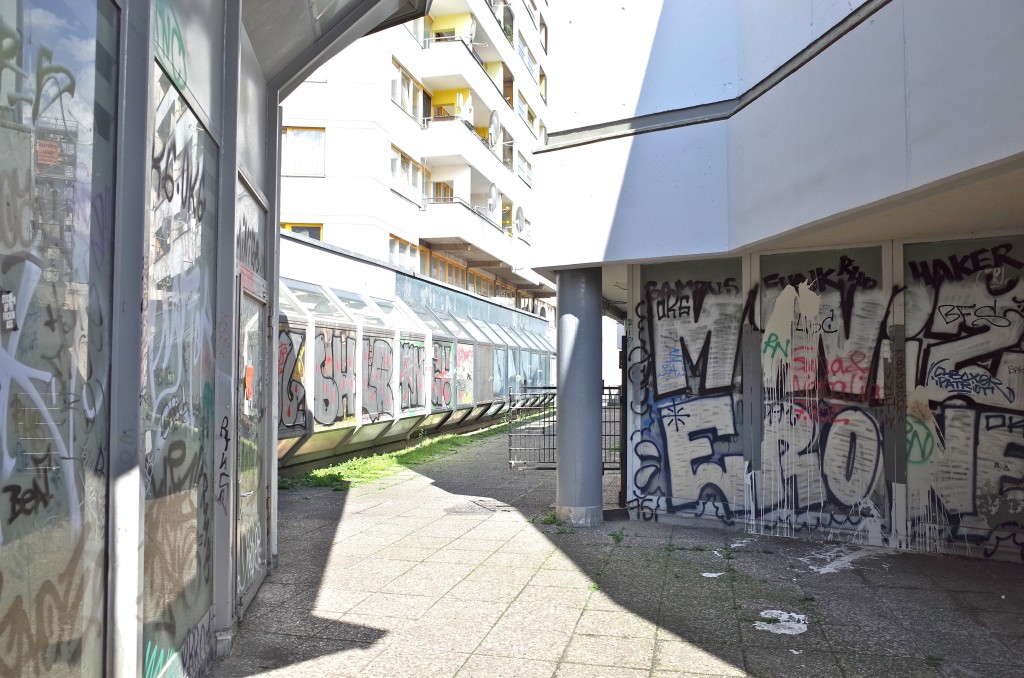
“I live in Kreuzberg”. This means about as much as “I live in Brooklyn”. It does not tell you very much, except that you live rather centrally in Berlin and in the former West. About 11 square kilometers large, and 150 000 people strong, with 38% immigrants (mostly from Turkey), Kreuzberg is rather too large to categorize. It means for some a corporate flat just off Friedrichstraße, a short walk south of the monumental centre, where nothing happens at night. For others it is a bourgeois belle étage in a leafy neighbourhood off of the Viktoriapark. And for others, a tenement just above a busy alternative urban bar in Oranienstraße. Kreuzberg is a category that demands refinement.
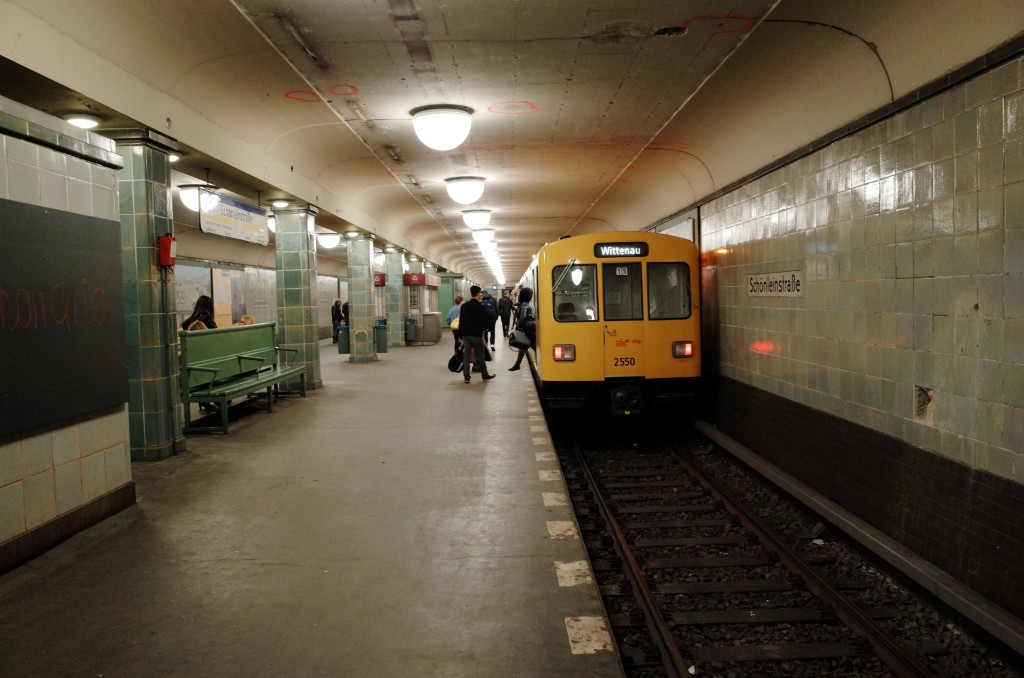
In former West Berlin, the division was made by postal codes. The larger part of Kreuzberg, to the West, had the postal code SW61 (south-west 61) and is now known as Kreuzberg 61. The eastern part of Kreuzberg, north of the Landwehrkanal, west of the river, and east of the former Luisenkanal (just west of Kottbusser Tor on the map below), was SO36 (south-east 36). The first postal codes in Berlin were actually introduced by the Nazis in 1941, but the codes we are referring to came into use in 1962, after the wall was built (note that before this time, SO36 could hardly be called ‘Südost’). They were abolished in 1993 after the fall of the Wall, and carry with them an enduring connotation that is more than a series of letters and numbers.

You may have heard the saying “36 brennt, 61 pennt”. I’ve tried to come up with a rhyme that works in English: “36’s on fire, 61’s just tired” was one solution, but it doesn’t carry the matter-of-factness of the German. Maybe you can help me? Imagine a burnt-out hippy on a park bench letting his voice drop with the word “pennt” (it means “sleeps”) as he watches a nuclear family with double-barrelled baby carriage and groomed dog walk down the Bergmannstraße, after having done their shopping at the Markthalle. Indeed Kreuzberg 61 is for the most part bourgeois, not too different from the leafy well-to-do parts of Schoeneberg. Edge here comes from yoga studios, organic food markets and expensive vintage shops. On Bergmannstraße (someone once snorted that this is where people from Wilmersdorf come when they want to experience something alternative), you can also find shops selling crystals and Orientalising household objects from India and China. “Just a little bit provincial”, is what a Parisian friend intoned, but that might just be because there are so many lovely trees.

OK I’m dabbling in stereotypes here. I actually like Kreuzberg 61 a great deal: it’s full of beautiful buildings, citizens who vote for the Greens (although I haven’t been too happy with these politicians recently), and is replete with excellent restaurants and bars. More than that, there’s a certain leafy calm that you can feel along the idyllic canal, beautiful streets like Dieffenbachstraße, or around Südstern, all in the centre of a metropolis. “I love to go out in SO36, says one female friend in her 20s, but I can tell you am much happier walking home at night in Kreuzberg 61”. Others tell me, Kreuzberg 61 is where you live, SO36 is where you go out. Certainly, if I’m coming home from the opera wearing a suit I don’t feel conspicuous in Kreuzberg 61 the way I might walking down Skalitzer Straße in 36.
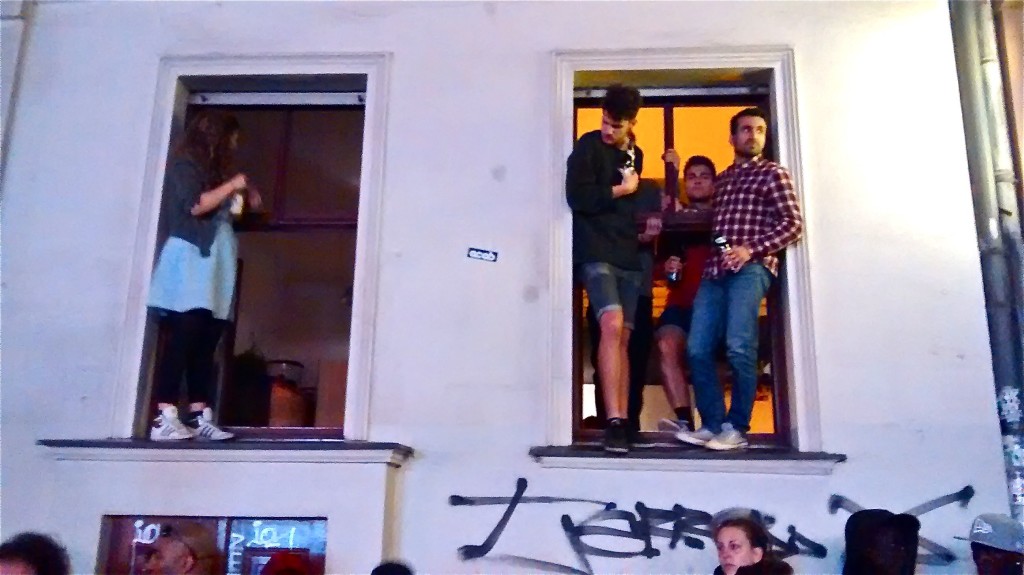
So why don’t we cross the canal to SO36 and see what makes it burn? This was the centre of the punk rock and alternative scene of former West Berlin. You might have met Iggy Pop or Bowie here. This is where Andreas Baader might have stolen your wallet after you had that threesome in a squat with him. Closed in on three sides by the wall, SO36 was the end of the line, peripheral, before 1989. It’s where immigrants and outcasts lived. Then the wall came down and SO36 found itself in the city centre, right next to monumental Mitte. Formerly irredeemable housing projects full of drug addicts and social problems suddenly became hip places to live. In moved the hipsters, in moved the party scene, in moved the tourists, and SO36 is a place full of plenty of new burning questions.
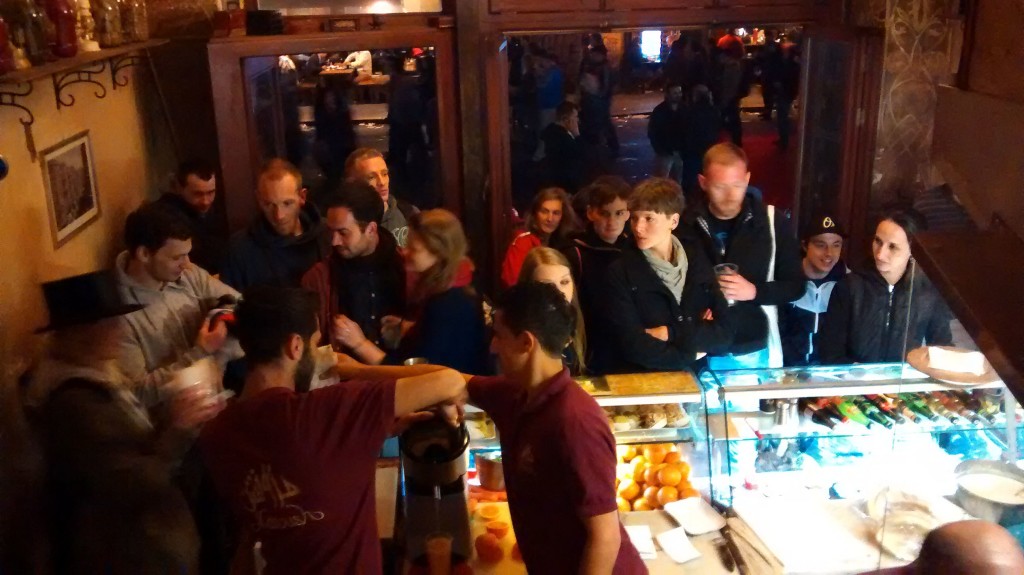
The underlying potential for civic action proves enduring in this more mercurial side of Kreuzberg, around Kottbusser Tor and Görlitzer Park, every 1 May. You saw it with the events this week as asylum seekers and local protesters stood off against police to prevent the eviction of immigrants housed in a former school (this follows on a long history interesting documented at the Kreuzberg Museum). There are plenty of tensions between the poor (especially immigrants) and newcomers over rising rent prices, with a now permanent protest booth set up right on Kottbusser Tor. Meanwhile, around Kottbusser Tor one sees generational shifts as many young Turkish-Germans explore their queer identities, at the edges of a normally quite traditional immigrant community. They do this with parties like Gayhane, housed in the club named for the neighbourhood, SO36.
No, SO36 definitely still burns, and has a metropolitan and mixed street buzz to it, a feeling of urbanity, that is a little harder to find in the pleasant streets farther South.
So which one is better?
Berliners are known for the neighbourhood pride. And Kreuzbergers still split when given a choice between 36 and 61. Those living in 61 will split again, and tell you how much more urbane it is to live in the Graefekiez than the Bergmannkiez. Then all of those warring Kreuzbergers will come together if someone from Prenzlauer Berg walks into the room.
Yawn, get over it guys.
Recently, I overhead a Kreuzberger walking down Grimmstraße, near the canal, surrounded by families pushing baby carriages, telling his friend: “You know, the problem with Prenzlauer Berg is that there are too many families with children”.
Ha.
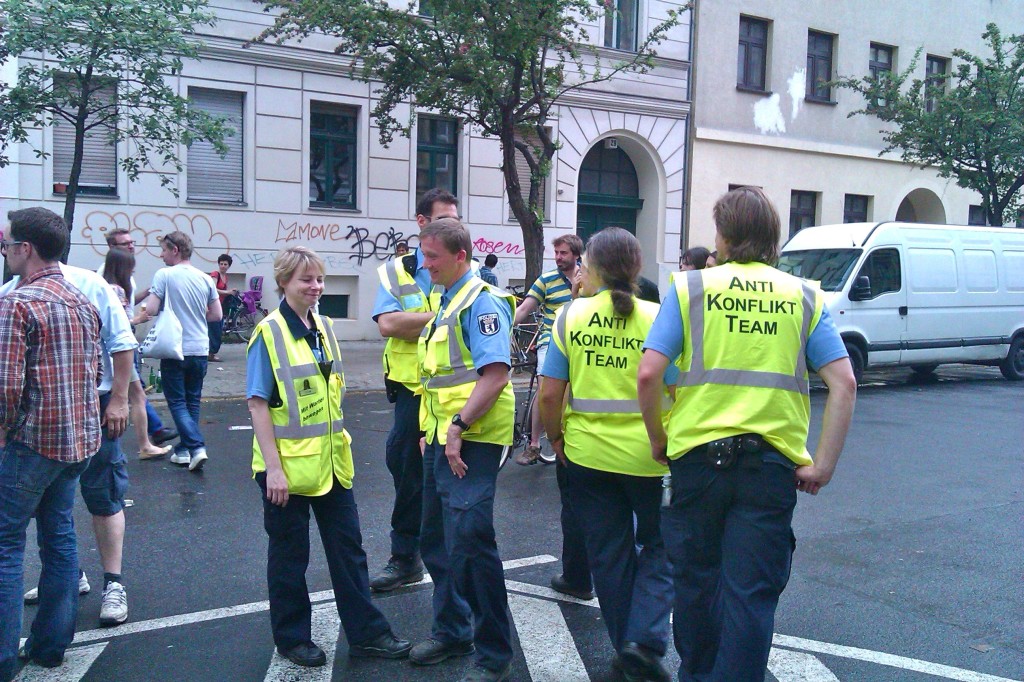

3 thoughts on “The Two Faces of Kreuzberg: 36 Brennt, 61 Pennt”